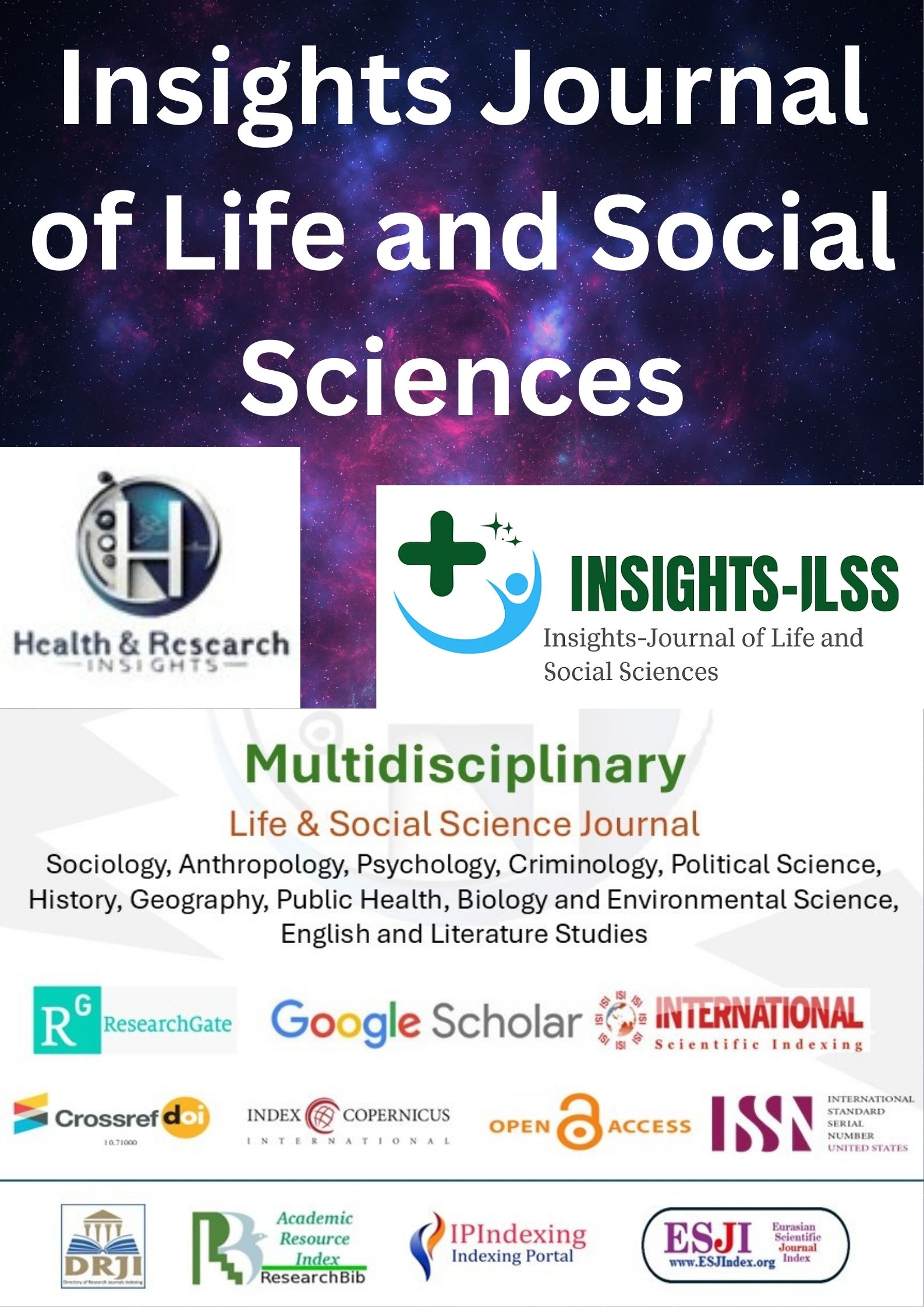NUTRITIONAL DEFICIENCIES AND GROWTH DELAYS IN CHILDREN UNDER FIVE ATTENDING PUBLIC HEALTH CLINICS IN LOW-INCOME AREAS
Main Article Content
Abstract
Background: Undernutrition remains a leading cause of growth impairments among children under five, particularly in low-income regions. Micronutrient deficiencies, such as anemia and zinc deficiency, contribute significantly to stunting and wasting, further exacerbated by poverty, poor feeding practices, and limited access to healthcare. South Punjab, a socioeconomically challenged region in Pakistan, continues to report high rates of child malnutrition, yet limited community-based data exist to guide interventions.
Objective: To examine the association between nutritional deficiencies and growth impairments among children under five attending public health clinics in low-income areas of South Punjab.
Methods: A cross-sectional study was conducted from May to September 2023 across selected public health clinics. A total of 355 children aged 6–59 months were enrolled through systematic random sampling. Data were collected via structured caregiver interviews, anthropometric assessments (height-for-age, weight-for-age, weight-for-height, and MUAC), and biochemical tests (hemoglobin and serum zinc levels). Growth status was evaluated using WHO Child Growth Standards. Logistic regression was performed to identify factors independently associated with stunting, adjusting for sociodemographic confounders.
Results: Stunting was observed in 34.4% of children, wasting in 25.1%, and underweight status in 29.6%. Anemia and zinc deficiency were present in 47.3% and 39.2% of participants, respectively. Multivariable analysis showed that anemia (AOR 2.14; 95% CI: 1.35–3.39), low MUAC (AOR 1.89; 95% CI: 1.17–3.06), zinc deficiency (AOR 1.74; 95% CI: 1.04–2.91), and low household income (AOR 1.96; 95% CI: 1.15–3.33) were independently associated with stunting.
Conclusion: Nutritional deficiencies are strongly linked to growth delays in under-five children living in underserved settings. Routine nutritional screening and targeted supplementation should be prioritized within public health strategies to improve child health outcomes.
Article Details

This work is licensed under a Creative Commons Attribution-NonCommercial-NoDerivatives 4.0 International License.
